| Plant Habit: | Herb/Forb |
| Life cycle: | Perennial |
| Sun Requirements: | Partial Shade to Full Shade |
| Water Preferences: | Wet Mesic Mesic Dry Mesic |
| Minimum cold hardiness: | Zone 3 -40 °C (-40 °F) to -37.2 °C (-35) |
| Maximum recommended zone: | Zone 8b |
| Plant Height: | 12 to 14 inches |
| Plant Spread: | 3 to 6 inches |
| Leaves: | Spring ephemeral |
| Fruit: | Other: Pod with pointed ends that splits open when ripe, and releases brown seeds with white growths (elaiosomes), which are eaten by ants |
| Fruiting Time: | Spring |
| Flowers: | Showy |
| Flower Color: | White |
| Bloom Size: | 1"-2" 2"-3" |
| Flower Time: | Late winter or early spring |
| Underground structures: | Rhizome |
| Uses: | Groundcover Will Naturalize |
| Wildlife Attractant: | Bees |
| Toxicity: | Roots are poisonous |
| Propagation: Seeds: | Stratify seeds: Needs a cold moist period, then a warm moist period, then another cold moist period before it will germinate. Each period should be 2-3 months. Suitable for wintersowing Sow in situ Other info: Seed will die if it dries out. Often takes 2 years to germinate if sown outdoors. |
| Propagation: Other methods: | Division Other: Divide in early fall or early spring. |
| Pollinators: | Bumblebees Bees |
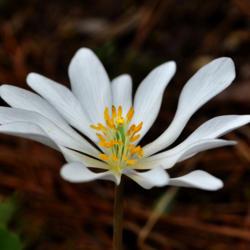
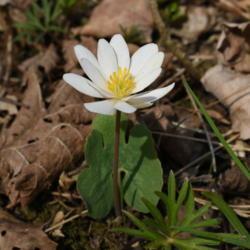
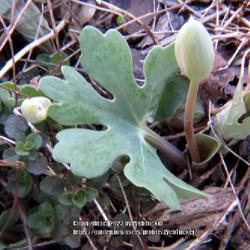
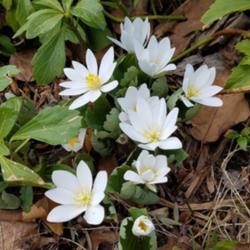
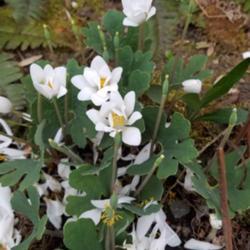
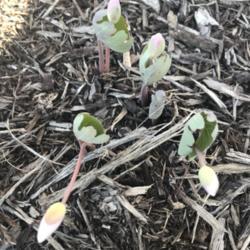

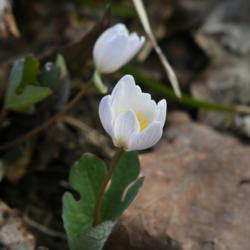
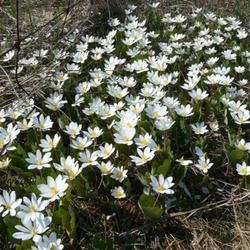
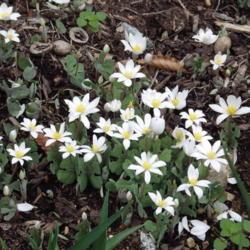

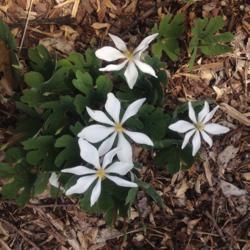
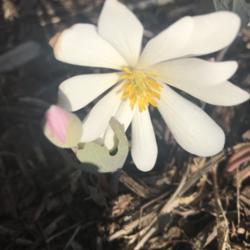

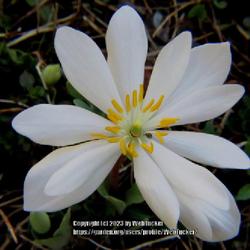

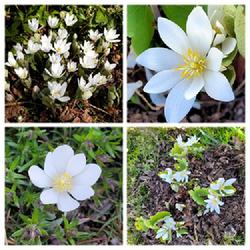
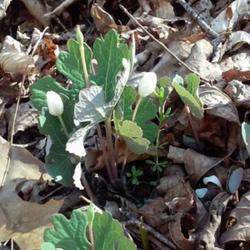
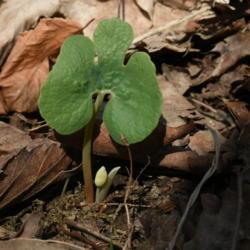

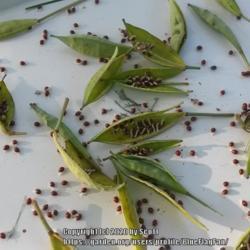
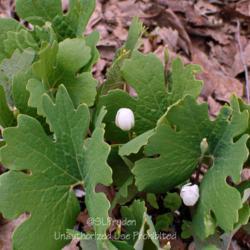
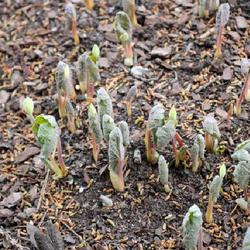
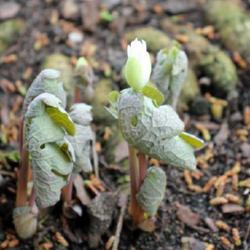

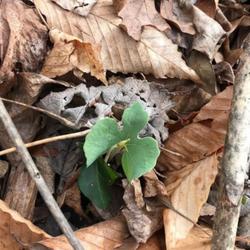

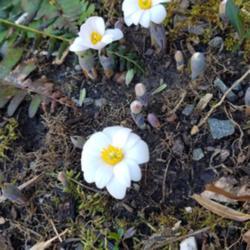
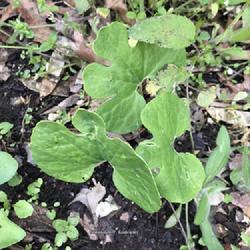
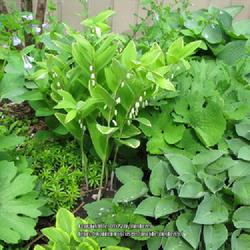
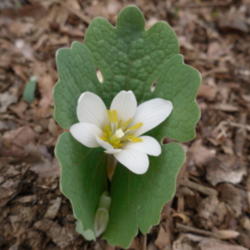

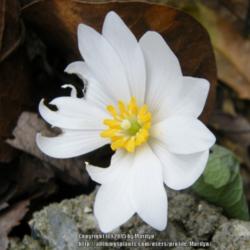
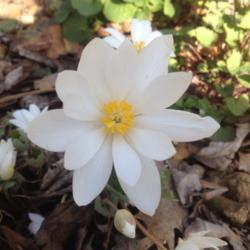
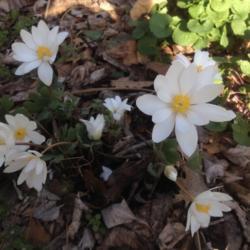
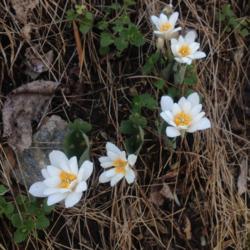


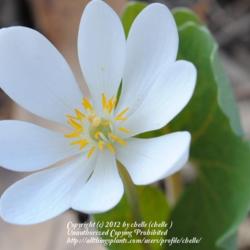
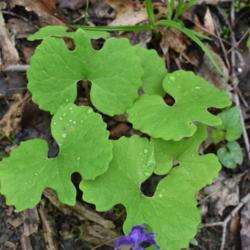
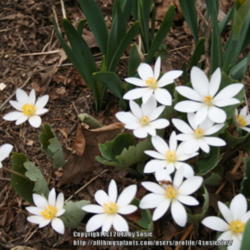
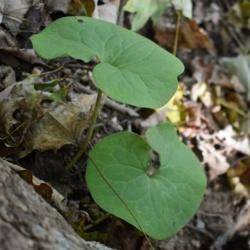
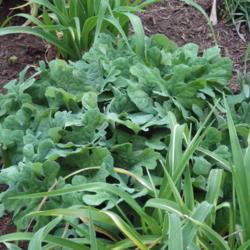

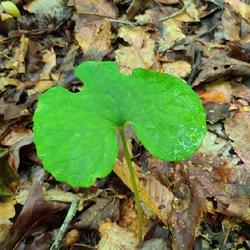
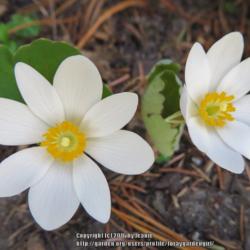
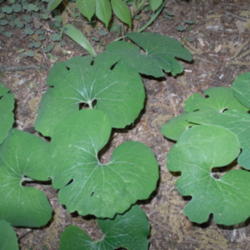
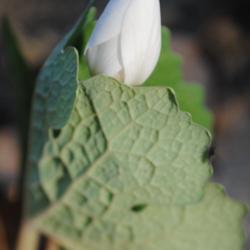
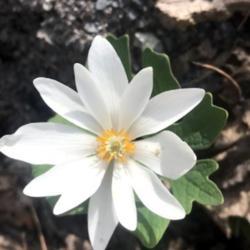
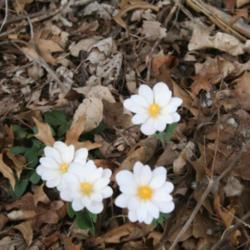
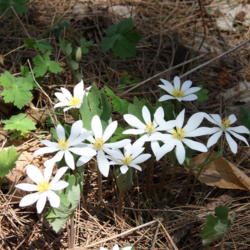


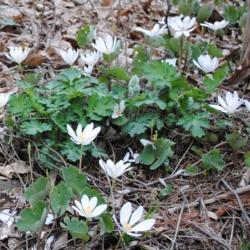

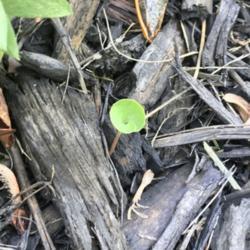

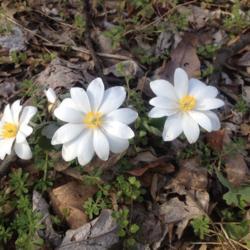
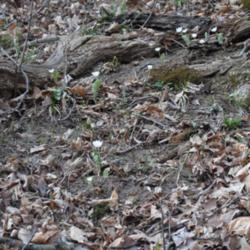
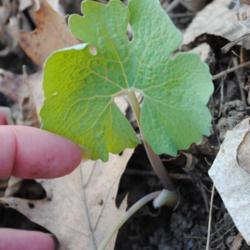
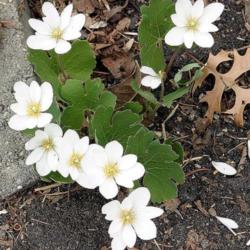
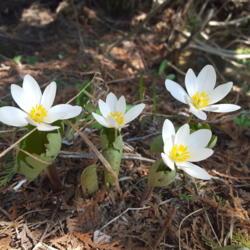
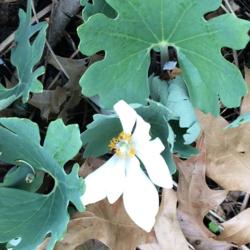
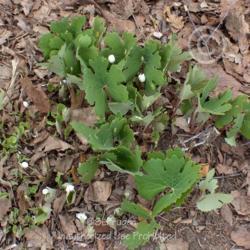
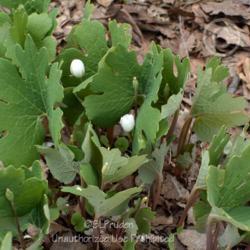
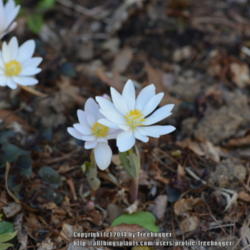

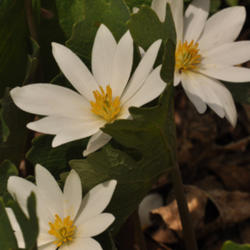
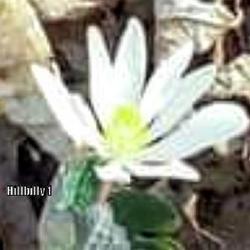

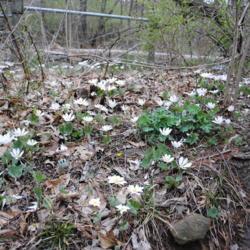
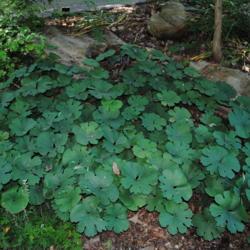
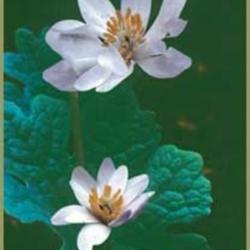
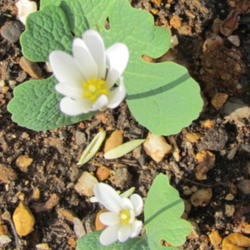
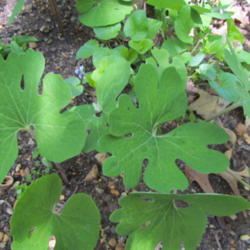
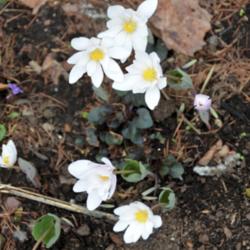
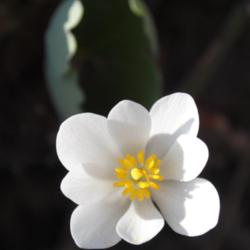
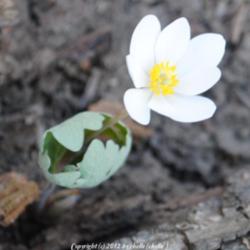
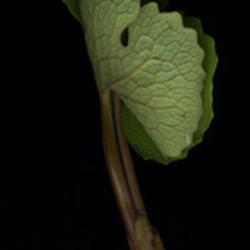
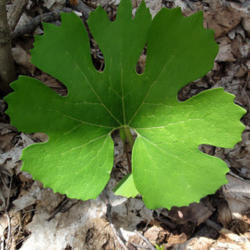


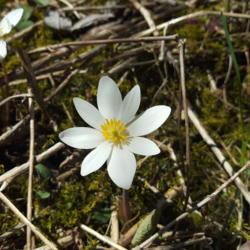
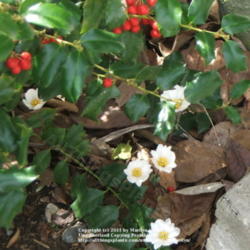

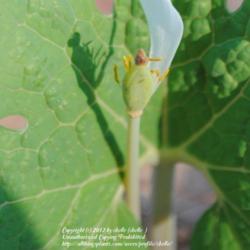
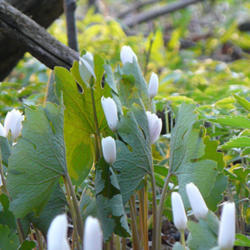
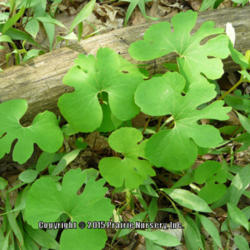

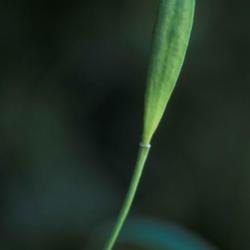
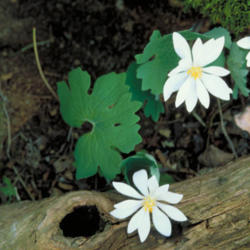
| Catmint20906 | On April 6, 2015 | Bloomed |
| Chillybean | On October 15, 2015 | Obtained plant Put in ground on north side of house. |
| foraygardengirl | On April 16, 2016 | Bloomed |
| MrsBinWY | On July 21, 2019 | Potted up 3 on 7-21-2019 |
| MrsBinWY | On May 31, 2019 | Transplanted 1 by stone bench on right/west side on 5-31-2020 (didn't see it emerge in 2021 but still hopeful) |
| MrsBinWY | On April 28, 2019 | Seeds germinated One seedling from the jug that was warm, moist stratification followed by cold, moist stratification. |
| MrsBinWY | On June 22, 2018 | Seeds sown 2 different milk jugs, each w/54-55 fresh seeds from NHJenDion's 2018 garden. One to the back patio to mimic the seasons (warm stratification, followed by cold stratification). One to the fridge for C(60-90), W(60-90), germinate cold. Not sure starting with cold stratification makes sense. Prairie Moon recommends it, though, so I'll try it. 10-22-18: Moved the fridged container to room temperature. 1-22-19: Put the container outside. |
| antsinmypants | On May 15, 2023 | Transplanted Into the shade garden by the firepit. |
| antsinmypants | On May 14, 2023 | Obtained plant |
| carpathiangirl | On October 1, 2020 | Obtained plant from Jen |
| dnrevel | On April 21, 2022 | Bloomed New bloodroot transplanted pieces blossomed in new locations. |
| WebTucker | On February 28, 2023 | Bloomed |